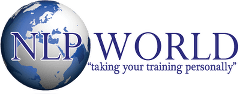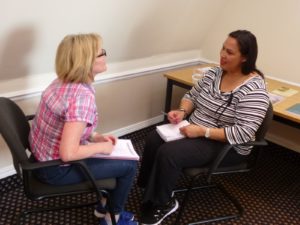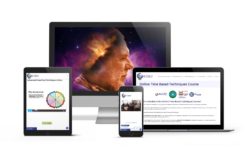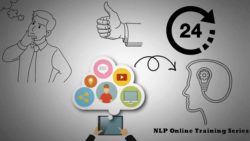Here are a series of case studies carried out by NLP Master Practitioner Marion Mitchell. This case study was undertaken to gain qualification as Master Practitioner of NLP at the Masters level.
NLP Master Practitioner Case Study 1
Background
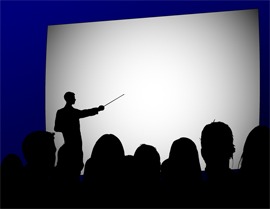
Pre-Session
I asked the client to send me a brief recording/video (no more than five minutes) of him delivering a presentation – content was not important however he must be standing. My reason for this was i) to ensure that he was committed and open to change and ii) so that I would have a chance to work out a strategy for improvement.
Session Plan
I viewed the recording in advance and prepared a strategy as follows:-
– Discuss desired outcome with client
– Representational Systems
– States
– Anchoring a powerful resource state
– Spatial anchoring
– Communication
– Rapport
– Positive mental rehearsal
Session 1
I explained to the client what NLP is and how it worked fast by modelling behaviour in order to be able to consistently produce excellence.
The session opened with a brief discussion on what the client, as presenter, wanted to achieve. We agreed the outcomes as:-
-to enable the presenter to deliver a powerful presentation whilst maintaining a peak state
– to be given a comprehensive ‘toolkit’ to empower the presenter
– to inspire the presenter and enable the presenter to inspire their audience whilst achieving outcomes for their event
– to be able to give powerful presentations and enjoy it
I explained the Milton Model (truisms) and how they work by putting people into a state or trance so that what you say next will be received more positively. Being able to relax and engage an audience at the beginning of the presentation enables the presenter to lead the audience more easily into a desired state later on.
A desired state is the state you have decided will be most useful for the audience to be in. The client found this very interesting . The client was asked to put together some possible intros/openers for the presentation eg “Before I begin and go through the presentation, I would like to acknowledge that you are very good at what you do and I am here only to suggest ways that we can work together to achieve this goal”.
Or “we are all here to find out how the XX system works and I know that if we make good use of the limited time we have this morning, I know that by the end of the presentation we will have a much clearer idea of the benefits and advantages the XX system will deliver to the organisation and you will know that this time has been well spent”.
I asked the client to practise this and to develop at least three different intros depending on what the presentation was for eg funding, explaining facts/figures etc. And also to provide three different conclusions.
This was to ensure the client worked on something before the next session and would feel comfortable with what he needed in putting a presentation together.
Session 2
Representational Systems
I explained to the client the importance of representational systems – visual, auditory and kinaethestic.
We worked out what the client’s preferred representational system was – visual – and then I asked him to spend a few minutes describing something in three different states so that he could see for himself how important it was to ensure his presentation addressed all three predicates. I also asked him to practise this over the next few days and to look at other people to see what their favoured representational systems were.
I provided the client with a sample of words used by the different predicates so that he could incorporate these into a presentation. Also to imagine a talk that he would like to give using all the representational systems and to practise sandwiching it between truisms.
Session 3
We reviewed the recording of the client. The client was surprised at how nervous he seemed eg. fidgeting with his collar and shuffling from foot to foot. We agreed that we would work on projecting a more powerful and confident image. Especially bearing in mind that body language is 55%; voice/tone is 38% and only 7% is the content.
To put the client in a confident state, prior to his presentation, I explained the process of anchoring. By using an anchor this would provide him with an effective tool i) to access prior to the presentation to help him feel confident and ii) to be able to access it at any time during the presentation, especially important if the Board were going to ask difficult questions.
We spent time working on setting up two anchors i) circle of excellence and ii) a covert anchor (pressing thumb and forefinger). The client said both of these would be helpful. I asked the client to practise in other situations so that these anchors would become easily accessible (not just for presentations) and very powerful for him.
NLP Master Practitioner Case Study 1 by Marion Mitchell
To be continued (sessions 4,5,6).
For a video on presentations please visit: https://vimeo.com/230741718
